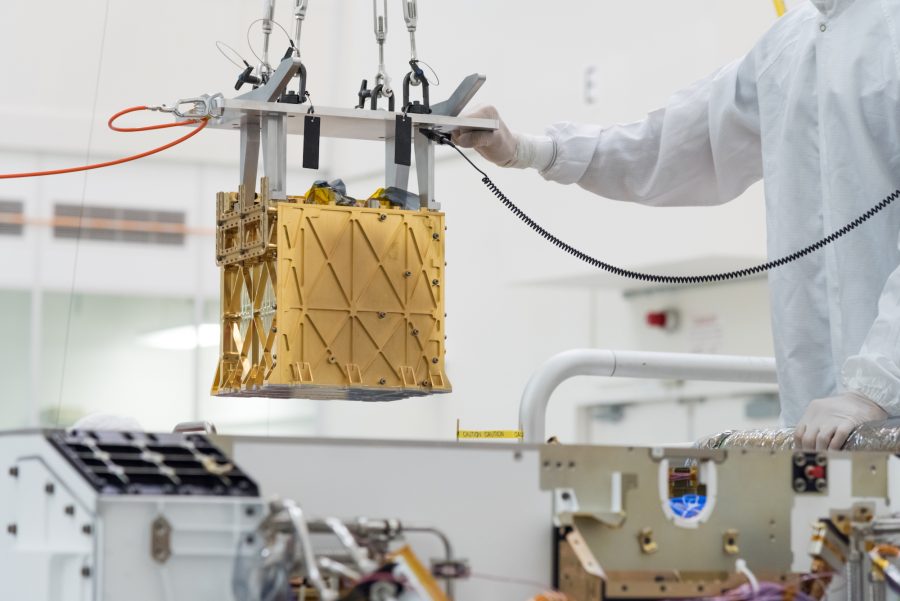By — Danny Kistner
Photo Credit — NASA/JPL-Caltech
This last week has seen a number of massive first step’s for NASA’s Perseverance Mars rover, a part of NASA’s greater mission to look for signs of ancient, microbial life on the surface of the Red Plant, which has, for the first time in a long time, set an expectation to once again make science fiction a reality.
Two of the more fascinating instruments strapped to the rover—which include but are not limited to a radar scanner and the highest quality camera ever sent out into space—include the Ingenuity helicopter, and a device dubbed MOXIE.
The helicopter, which was set out to test the ability of flight within the Martian atmosphere, an ecosystem that poses its own unique challenges when compared with flight on earth, made its first successful flight and landing in the earlier part of this week. This means not only that humans can move around the red planet freely with the use of an aircraft, but also future rovers and missions could very easily be made with the use of planes very similar to those on earth.
The later of the two, MOXIE, is arguably even more significant. It stands for the Mars Oxygen In-Situ Resource Utilization Experiment, is about the size of a toaster, and can separate atoms of carbon dioxide into oxygen, and carbon monoxide. In other words, MOXIE can convert the thin, carbon dioxide-rich air of Mars, into breathable, usable oxygen.
This is a monumental step forward in human settlement on the red planet, and means not only that we would be able to breathe and potentially live there, but also that liquid oxygen needed to allow for a rocket launch could also be produced, meaning travel to and from Mars to Earth and potentially the moon. It is still a test model, producing about ten grams of oxygen per hour, but is no less thrilling.
With such positive steps forward, in what we can only hope is the right direction, living on plants beyond Earth seems more and more like a possibility, and even more than this, Perseverance still has many weeks of exploration and discovery ahead of it, and we can only wait and see what that may bring.
More about MOXIE here: https://mars.nasa.gov/mars2020/spacecraft/instruments/moxie






